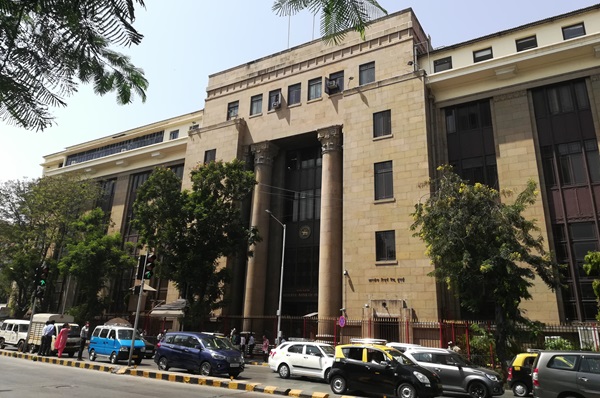.png)
Richard is an independent financial journalist who tracks financial markets and macroeconomic developments
May 14, 2025 at 2:03 PM IST
India’s inflation trajectory has become more pronounced. The April CPI print at 3.16%—a six-year low—has sharpened expectations that the repo rate cycle may bottom out closer to 5.00%, not the previously estimated 5.25%–5.50% range. With inflation for 2025–26 now tracking closer to 3.5%, the assumptions underlying the Reserve Bank of India’s real interest rate model begin to align with the case for a lower terminal rate.
The RBI has consistently held that a 1.5% positive real rate is required to preserve macroeconomic and financial stability. If headline inflation averages 3.5%, a nominal policy rate of 5.0% would maintain this equilibrium. The logic is consistent with Monetary Policy Committee member Saugata Bhattacharya’s remarks in his April interview to BasisPoint, where he cited internal RBI models suggesting a terminal repo range between 5.10% and 5.70%. He emphasised a bias towards the lower end of that band, citing subdued inflation and weak external demand as justification for stronger countercyclical support.
The disinflation is no longer confined to volatile components. Core CPI held steady at 4.1%, while food inflation slowed to 1.78%—the lowest since October 2021. This suggests a deeper and more durable moderation in prices. A further downward revision in the RBI’s inflation forecast in the June policy—from the current 4% to around 3.5%—would strengthen the case for faster and deeper cuts, especially if the central bank seeks to front-load easing before external constraints tighten.
Growth Cushion
Growth signals also favour an accommodative stance. Earnings in the January–March quarter were soft, with margin pressures evident across sectors. Bank credit expansion remains patchy, and exports continue to falter amid weak global trade. Revised GDP estimates for 2025–26 stand at 6.3%, below the RBI’s 6.5% baseline. The persistence of a negative output gap gives the RBI further justification to support aggregate demand.
Liquidity operations have already adjusted in anticipation. Since December, the RBI has stepped up both durable and short-term infusions through open market operations and variable rate auctions. The anticipated transfer of a large surplus to the government will add to the liquidity, easing the path for transmission once rates are cut.
The probability of a 50 basis-point cut in June, rather than the usual 25 basis points, has risen. Such a move would validate the real rate model, affirm the disinflation trend, and provide more timely relief to growth. The risks aren’t absent. Oil prices, monsoon-related food supply shocks, and delayed Fed rate cuts remain watchpoints. But none are currently decisive enough to derail easing.
April’s CPI print has done more than trigger a repricing—it has clarified the path. The real rate debate now is not whether easing begins, but how far it goes. A lower terminal rate, led by a front-loaded move in June, is no longer just plausible; it is increasingly probable.




